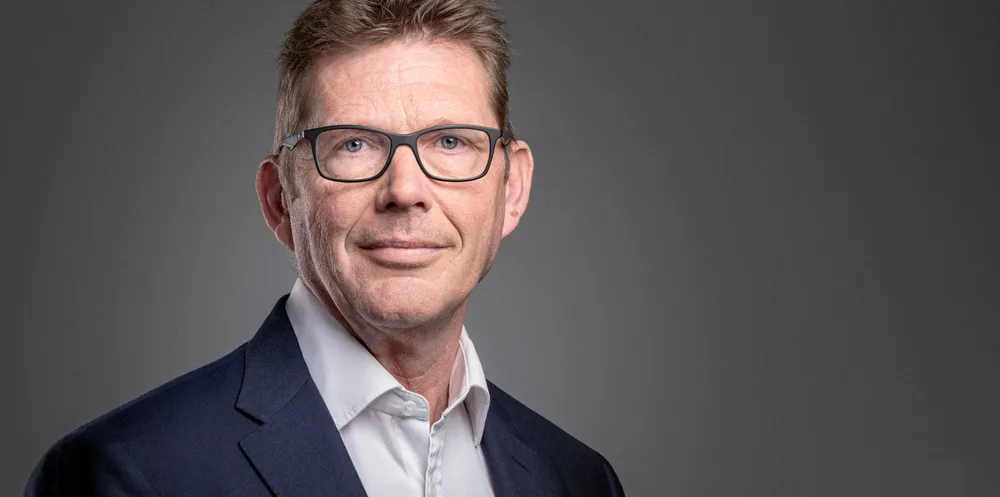'We must rekindle our passion as disruptors if wind is to power us to reach Paris climate goals'
Though the achievements of wind power in growing from a high-minded fledgling sector into a high-flying driver of clean energy and climate action have been nothing short of remarkable, the real work is just beginning, writes Julian Brown
